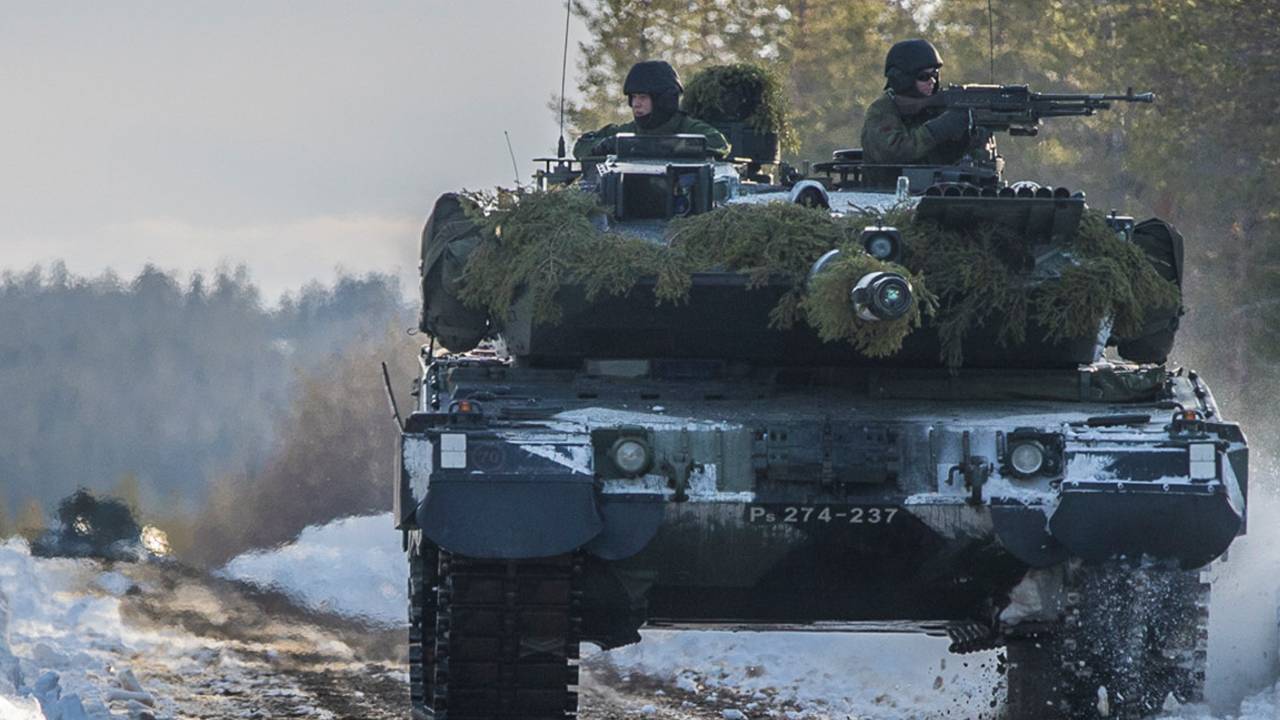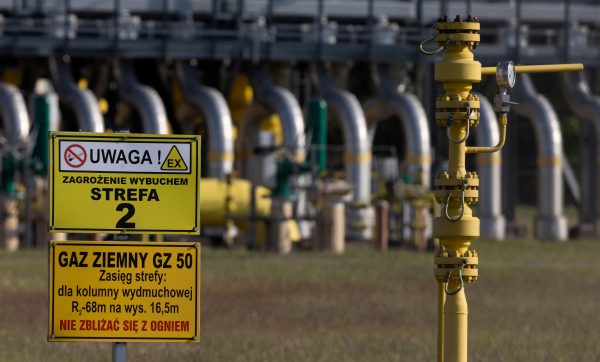Something epochal has happened in the Nordic lands. For the first time in the country’s history, the majority of Finns now support joining NATO. Domestic backing has shifted radically in the aftermath of Russia’s invasion of Ukraine. In a recent poll, 65% of Finns supported membership; only 15% are against it. That has risen from just 26% less than two years ago.
Finland’s non-NATO Nordic twin, Sweden, has seen a similar uptick in NATO membership interest, though with slightly tempered enthusiasm and less government support. Some 51% now support alliance membership, with 27% opposed. This is also a first.
Traditionally, Finland has looked to Sweden for its big foreign policy cues, like EU membership. Now, the tables are turned: Finland might be taking the lead this time, with Sweden as the more reactive partner.
This is not wholly unsurprising. Having suffered through the 1939-40 Winter War with Russia, and sharing a 1,340 km (830 mile) border, Finland adopts a defensive military posture that aims to frighten any possible invader (i.e., Russia.) Finland has a strong, active conscription system, and Finnish military officials report they have seen an unprecedented number of reservists signing up for refresher training. Sweden gave up conscription after the Cold war ended, but re-introduced it in a limited form after Russia’s first invasion of Ukraine in 2014. It also lowered its military preparedness a lot more after the end of the Cold War relative to Finland; defense spending was below 1% of GDP in 2015, but will not rise to 2%, which represents a 50% increase on the current figure.
Finland has remained wary of Russia while trying to preserve the “special relationship” the two countries have. After the Cold War, Finland went on a shopping spree to buy equipment on a discount from Germany and elsewhere, when others sold off theirs. And as Russia built up forces again, in December, Finland raced to sign a deal with the US to buy a significant number of advanced F-35 combat aircraft.
As if to ram home their vulnerability, Vladimir Putin issued an astonishing letter to the prime ministers of the two countries on March 3, demanding that they provide Russia with “security guarantees,” interpreted by most as a pledge not to join the alliance. Such threats (there have been many since last year) are not easily dismissed; apart from the long border, Finland is more than 90% dependent on Russian gas.
Nonetheless, all Finland’s political parties now support NATO membership, with the right-wing opposition party, Kokoomus, the most vocal. In mid-March, the party leader, Petteri Orpo, wrote an op-ed in the FT about the need for Finland. (Kokoomus is currently leading in the polls.) The government parties are a bit more ambiguous, using the familiar mantra that foreign policy is led by the president in coordination with the government.
In Sweden, Prime Minister Magdalena Andersson has been even more cautious. She pushed aside calls from the Swedish center-right opposition to join NATO. She argued that doing so now would further destabilize European security. In Finland, President Sauli Niinistö and Finnish Prime Minister Sanna Marin have taken a joint role in addressing the NATO question. President Niinistö first urged caution, saying that the country ought not to rush a decision in the middle of this difficult moment.
And yet Niinistö’s public diplomacy has been notable. He has been to the US to meet President Biden, the CIA leadership, and Congressional leaders, and he traveled to the UK. Of other high-level visits, US Secretary of DefenceDefense Lloyd J. Austin III met the Finnish Minister of Defense Antti Kaikkonen at the Pentagon, where they discussed deepening US-Finnish cooperation. And Finnish Foreign Minister Pekka Haavisto said that they are talking about the NATO question in every high-level meeting, explaining Finland’s position, and exploring the support for possible membership.
For its part, NATO leadership, especially NATO Secretary General Jens Stoltenberg and former Secretary General Anders Fogh Rasmussen, have reiterated that NATO’s door is open to Finland and Sweden, and that the process would be quick for both. NATO has invited the two countries to participate in high-level NATO discussions as a part of the alliance’s response to the Russian invasion. Both countries were also represented at a London conference of the 10 nation, UK-led Joint Expeditionary Force on March 14.
President Niinistö’s term ends in 2024. It would be best to clarify Finland’s position vis-a-vis NATO before his term is up — the president, in office for 10 years now, is widely respected and controls significant political capital. His public statements on alliance membership are hedged; on March 20, he floated the idea that Finland might strike a deal with Sweden and the US, but he also left NATO as an open possibility.
A relatively swift decision makes sense, otherwise the next presidential election could become a de facto NATO referendum. Made early, a decision would free his successor from the burden of having to make a choice early in their term of office. That referendum effect may anyway be visible in Sweden, which has elections this autumn: with the PM refusing to take a position now —ostensibly a “no”, despite significant Swedish support.
Finland’s political elite seems to have been caught off-guard by the sudden change in the national mood. They assumed that just like 2014, Russian aggression would not cause big shifts in public opinion, and that any debate would be initiated by senior politicians. Instead, over the past three weeks, there has been strong public pressure to join NATO.
Until now, Finns have felt assured that its porcupine-neutral status guaranteed a rational response from Russia, as it did in the second half of the 20th century. Now people are adjusting, nothing is guaranteed. Russia has overstepped the mark and its neighbors are responding in ways that the Kremlin will not like.




